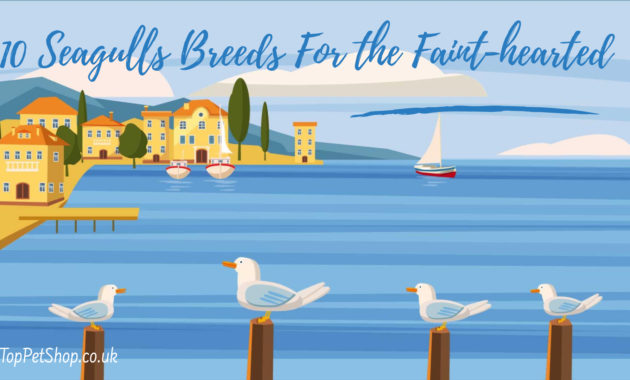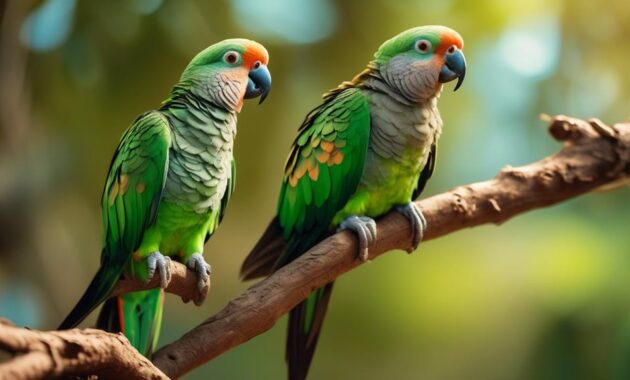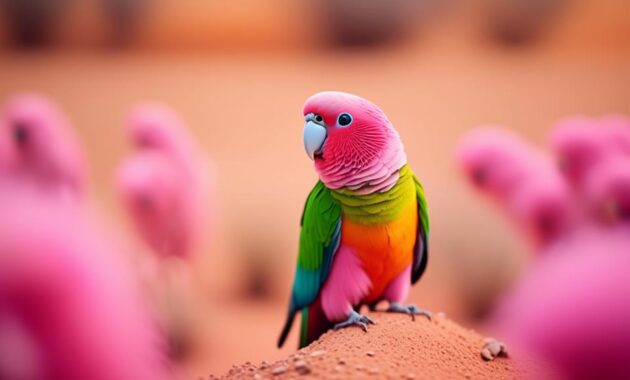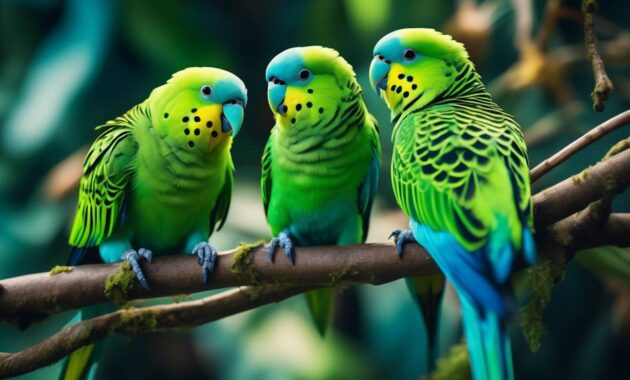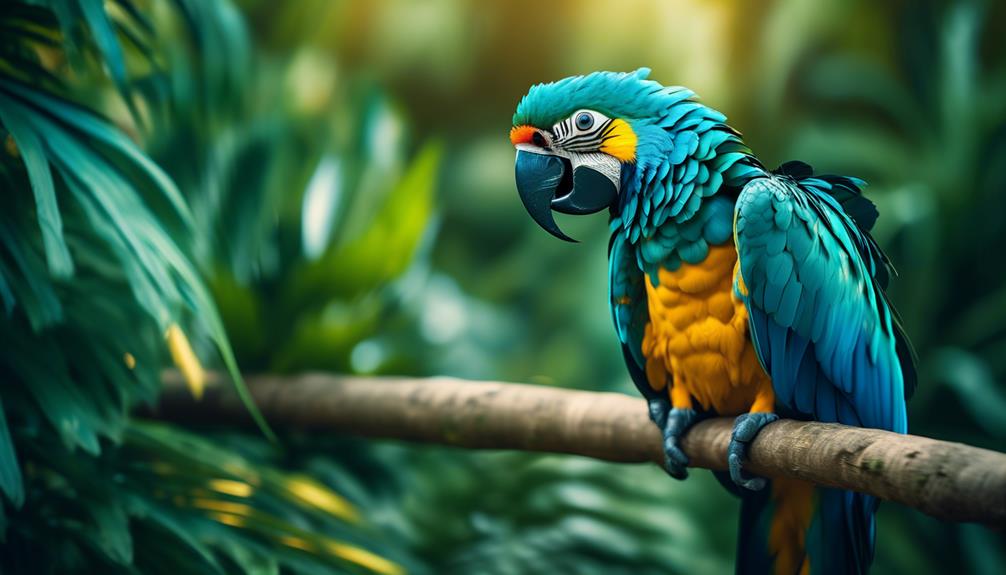
Are you ready to discover the captivating world of the Rare Blue Throated Macaw?
Imagine yourself standing in awe as you witness the vibrant blue and yellow feathers of this magnificent bird, a true rarity among its kind. With a commanding size of 33 inches, it demands attention wherever it goes.
But there is so much more to this fascinating rarity than just its physical appearance. Its social nature and lively vocal communication add a new layer of intrigue to its already enchanting allure.
As we explore the world of the Blue Throated Macaw, prepare to be captivated by its uniqueness and the mysteries that surround it.
Key Takeaways
- The Blue Throated Macaw is a visually stunning bird with vibrant blue and yellow feathers, making it easily recognizable among other bird species.
- This macaw is highly social and thrives on companionship, requiring regular interaction with other macaws and humans for their well-being.
- Known for its expressive vocal communication, the Blue Throated Macaw produces a variety of sounds, including mimicry of human speech, which adds to its captivating allure.
- Compared to other macaw breeds, the Blue Throated Macaw is smaller in size, has a unique coloration, exhibits a similar social behavior, and is considered a rare and critically endangered species.
Physical Characteristics of the Blue Throated Macaw
The Blue Throated Macaw’s physical characteristics include its impressive size of 33 inches and its vibrant blue and yellow colors. With its large size, it stands out among other bird species. The combination of blue and yellow feathers gives it a striking appearance, making it a visually stunning bird.
Its bright blue plumage covers most of its body, while its yellow feathers adorn its face and throat. This unique coloration adds to its allure and makes it easily recognizable.
The Blue Throated Macaw’s physical features not only make it visually appealing but also serve as a means of communication among individuals of its species. Its impressive size and vibrant colors make it a truly remarkable bird.
Lifespan and Social Behavior of the Blue Throated Macaw
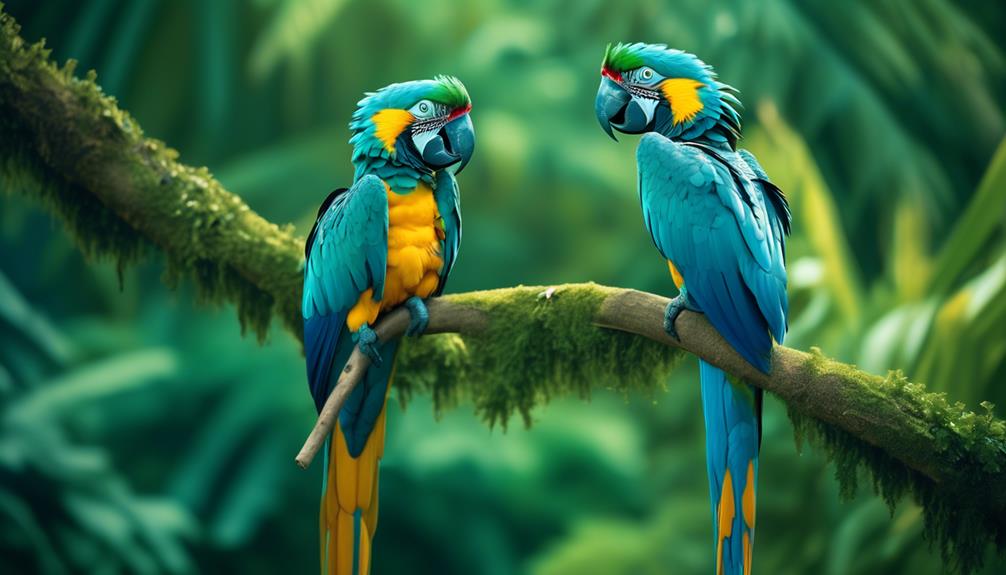
Moving on to the lifespan and social behavior of the Blue Throated Macaw, let’s explore its unique characteristics and interactions with others.
The Blue Throated Macaw has a lifespan of up to 50 years, making it a long-lived bird compared to other species. This means that if you decide to welcome a Blue Throated Macaw into your life, you can expect to have a companion for several decades.
In terms of social behavior, the Blue Throated Macaw is known for being a highly social bird that enjoys interaction with other macaws and humans. They thrive on companionship and require regular socializing to maintain their well-being.
Vocalization of the Blue Throated Macaw
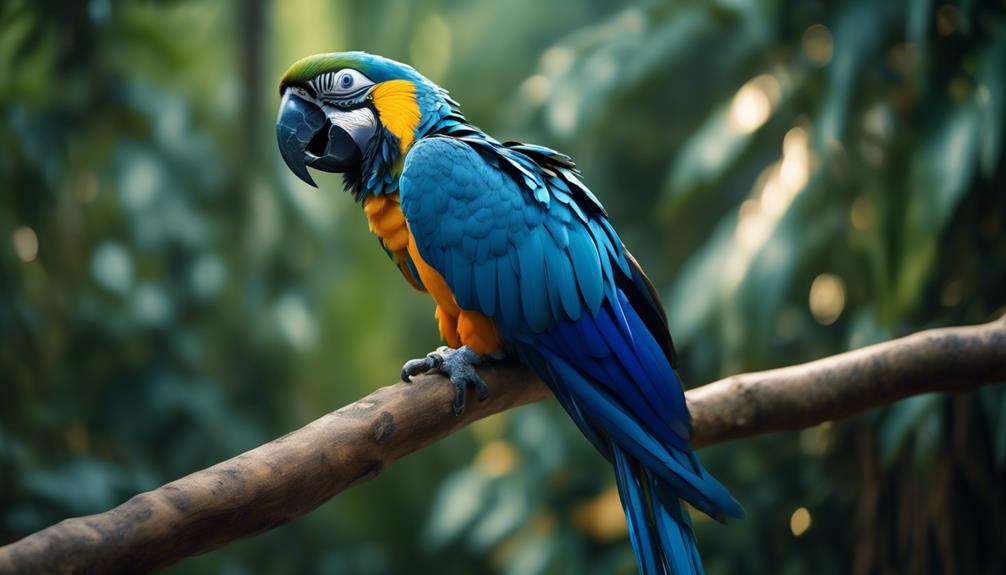
Get ready to discover the fascinating vocalization of the Blue Throated Macaw. This magnificent bird isn’t just known for its vibrant colors and large size, but also for its unique and captivating sounds.
When it comes to vocal communication, the Blue Throated Macaw is quite expressive. It can produce a variety of sounds, including chattering, squawking, and even mimicry of human speech. These vocalizations serve various purposes, such as social interaction, mate attraction, and territorial defense.
The Blue Throated Macaw’s vocal repertoire is truly a marvel to behold, showcasing its intelligence and adaptability.
Comparison With Other Macaw Breeds
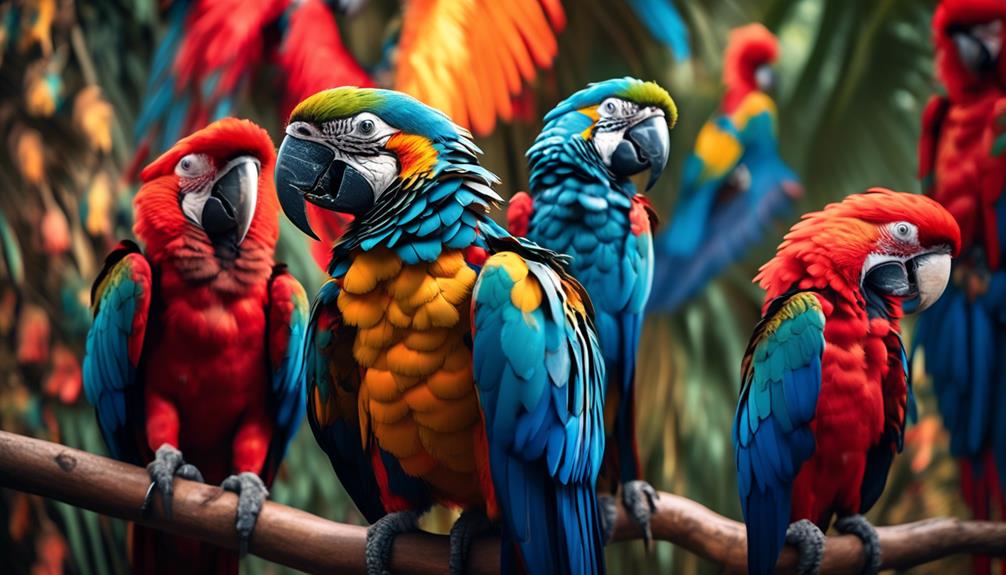
When comparing the Blue Throated Macaw to other Macaw breeds, one can observe distinct differences in their physical characteristics and social behavior. The Blue Throated Macaw measures 33 inches in size and showcases beautiful blue and yellow colors. With a lifespan of up to 50 years, this social bird enjoys interacting with others. In terms of vocalization, the Blue Throated Macaw is known for its chattering and vocal communication. When comparing it to other breeds, the Blue Throated Macaw can be compared to the Hyacinth Macaw and Blue Headed Parrot breeds. As a member of the Macaw species, the Blue Throated Macaw is one of the rarest breeds in the world. To highlight these differences, refer to the table below:
| Characteristics | Blue Throated Macaw | Hyacinth Macaw | Blue Headed Parrot |
|---|---|---|---|
| Size | 33 inches | 40 inches | 16-17 inches |
| Colors | Blue and yellow | Blue | Blue and green |
| Lifespan | Up to 50 years | Up to 60 years | Up to 30 years |
| Social Behavior | Social | Social | Less social |
General Information About the Blue Throated Macaw
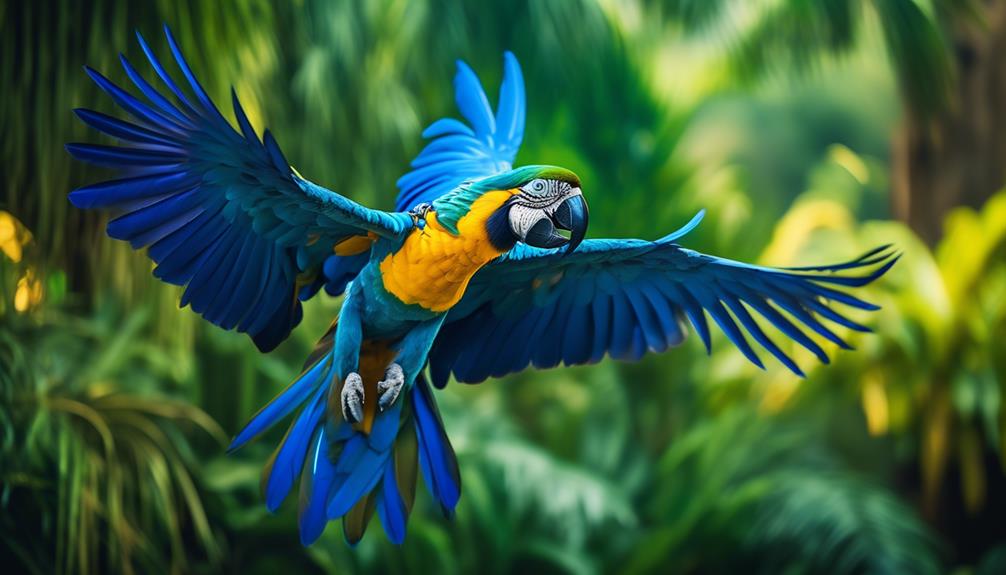
The Blue Throated Macaw, a fascinating rarity, is a bird species belonging to the Macaw family. Here is some general information about this magnificent bird:
- Endangered Status: The Blue Throated Macaw is listed as critically endangered by the International Union for Conservation of Nature (IUCN).
- Habitat: This bird is native to a small region in Bolivia, where it prefers to live in savannas and palm groves.
- Diet: The Blue Throated Macaw feeds mainly on fruits, nuts, seeds, and palm fruits.
- Nesting Behavior: These birds are known to nest in tree cavities, usually in palm trees.
- Conservation Efforts: Various conservation programs have been established to protect and preserve the Blue Throated Macaw’s population and habitat.
Despite its rarity, the Blue Throated Macaw continues to captivate bird enthusiasts with its stunning beauty and unique characteristics.
Frequently Asked Questions
What Is the Habitat of the Blue Throated Macaw?
The habitat of the Blue Throated Macaw is the savannah and palm groves of central and eastern Bolivia. It prefers to live in areas with large trees for nesting and feeding.
How Many Eggs Does a Blue Throated Macaw Typically Lay in a Clutch?
A Blue Throated Macaw typically lays around 2 to 3 eggs in a clutch. They are known for being social birds with a chattering and vocal communication style.
What Is the Diet of the Blue Throated Macaw?
The diet of the Blue Throated Macaw consists of fruits, nuts, seeds, and berries. It is important to provide a balanced and varied diet to ensure their health and well-being.
How Does the Blue Throated Macaw Protect Itself From Predators?
To protect itself from predators, the Blue Throated Macaw has developed several defense mechanisms. It can fly at high speeds to escape, blend into its surroundings, and use its sharp beak to defend itself if necessary.
Are There Any Conservation Efforts in Place to Protect the Blue Throated Macaw?
There are indeed conservation efforts in place to protect the Blue Throated Macaw. Organizations like BirdLife International and local governments are working to preserve their habitat, implement breeding programs, and educate the public about their importance.
What Makes the Blue Throated Macaw a Rare and Fascinating Species?
The charming brown headed parrot, also known as the Blue Throated Macaw, is a rare and fascinating species due to its striking coloration and unique behavior. With only a few hundred left in the wild, conservation efforts are crucial to ensuring the survival of this beautiful bird.
Conclusion
In conclusion, the Blue Throated Macaw is truly a captivating and rare bird. Its stunning physical appearance, sociable nature, and unique vocalizations make it a standout in the avian kingdom.
Comparing it to other macaw breeds only highlights its exceptional qualities. With a lifespan of up to 50 years, this fascinating rarity offers a lifetime of wonder and amazement.
Explore the enchanting allure of the Blue Throated Macaw and uncover the mysteries that surround this extraordinary bird.

